Istanbul is one of the world’s most intriguing cities, strategically located on two continents. The ancient city sits astride the Bosphorus Strait, with one foot in Europe and the other in Asia, producing an extraordinary mix of cultures, traditions, and influences.
Istanbul has been a crossroads where East and West intersected for thousands of years, leading to a rich tapestry of harmonizing oppositional elements. Istanbul’s dual personality is not just a geographical oddity—it seeps into the very fabric of everyday life.
Here are 20 interesting aspects highlighting its singular double identity as European and Asian.
The Bosphorus Strait
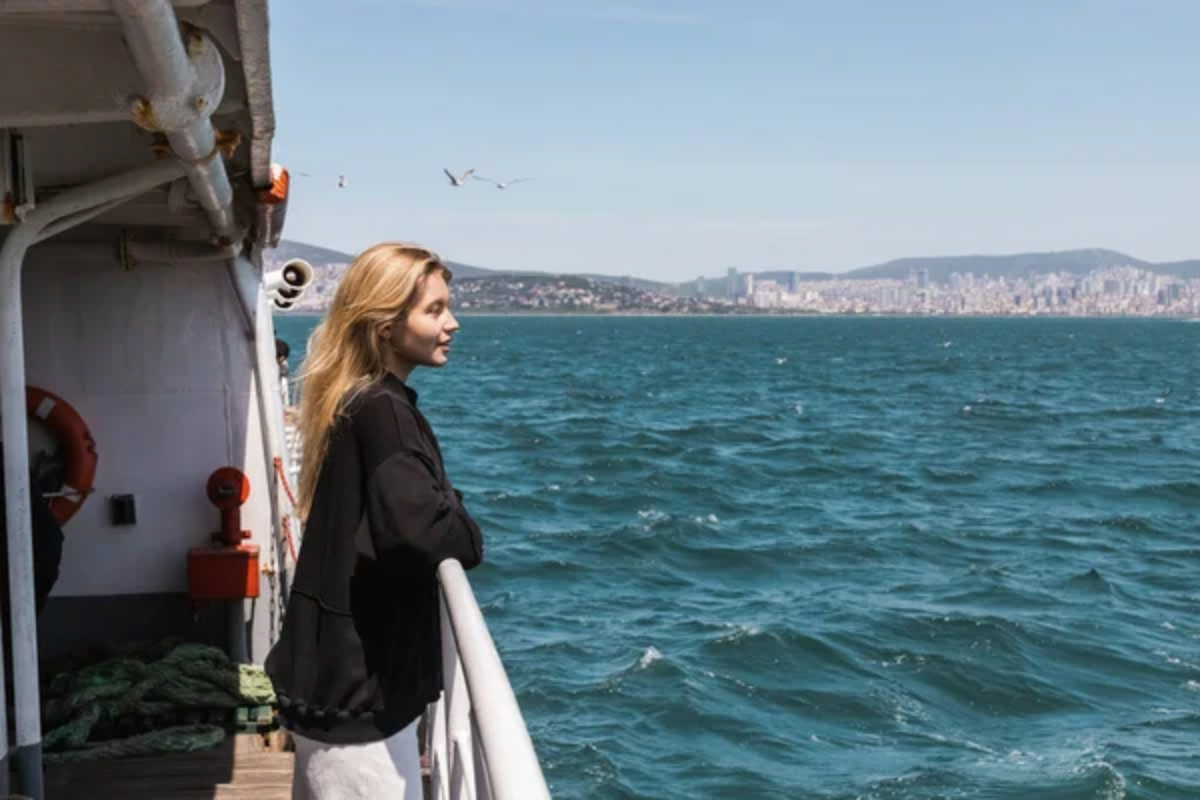
The narrow waterway dividing Istanbul is the physical boundary between Europe and Asia. This natural dividing line stretches about 19 miles from the Black Sea to the Sea of Marmara, with depths reaching 360 feet in certain sections.
Ships worldwide navigate these waters daily, reinforcing Istanbul’s position as a crucial maritime connector between continents.
Architectural Contrasts
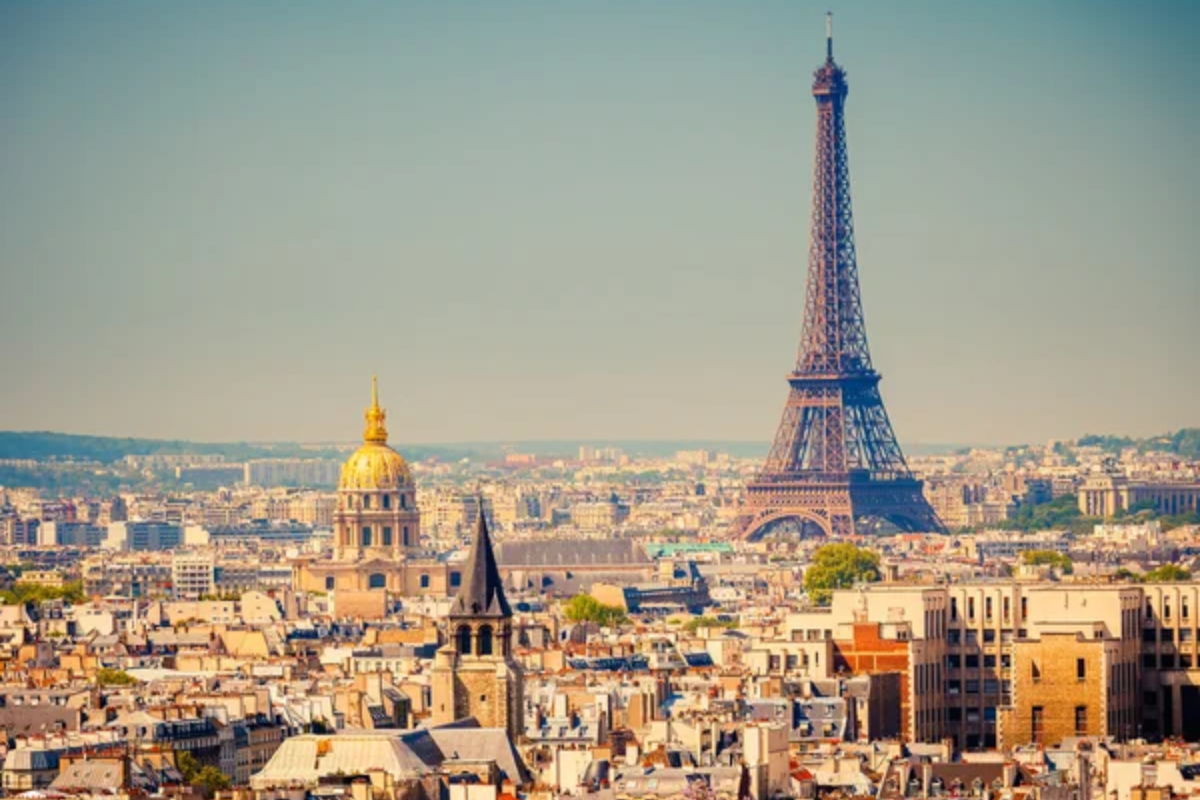
Walking through Istanbul reveals an architectural timeline spanning multiple empires and continents. Byzantine churches like Hagia Sophia stand near Ottoman mosques, while modern European-style shopping centers rise near traditional Asian bazaars.
This architectural diversity creates a visual representation of the city’s layered heritage, with each building telling a different chapter of Istanbul’s cross-continental story.
Like Travel Pug’s content? Follow us on MSN.
Linguistic Fusion

Turkish embodies the city’s dual nature. It contains thousands of words borrowed from European languages like French and Italian, alongside Persian and Arabic influences from the East.
Street signs often appear in Turkish and English, while conversations in cafés might include phrases from several languages. This linguistic blend creates a unique communication style that bridges multiple cultural traditions.
Culinary Crossroads

Istanbul’s food scene mirrors its geographical location. Dishes incorporate elements from Mediterranean Europe and Middle Eastern Asia.
Traditional mezes share tables with börek pastries, while European-style cafés operate alongside centuries-old kebab houses. Spices from the ancient Silk Road still flavor modern dishes, creating a culinary experience that satisfies diverse palates.
Transportation Networks
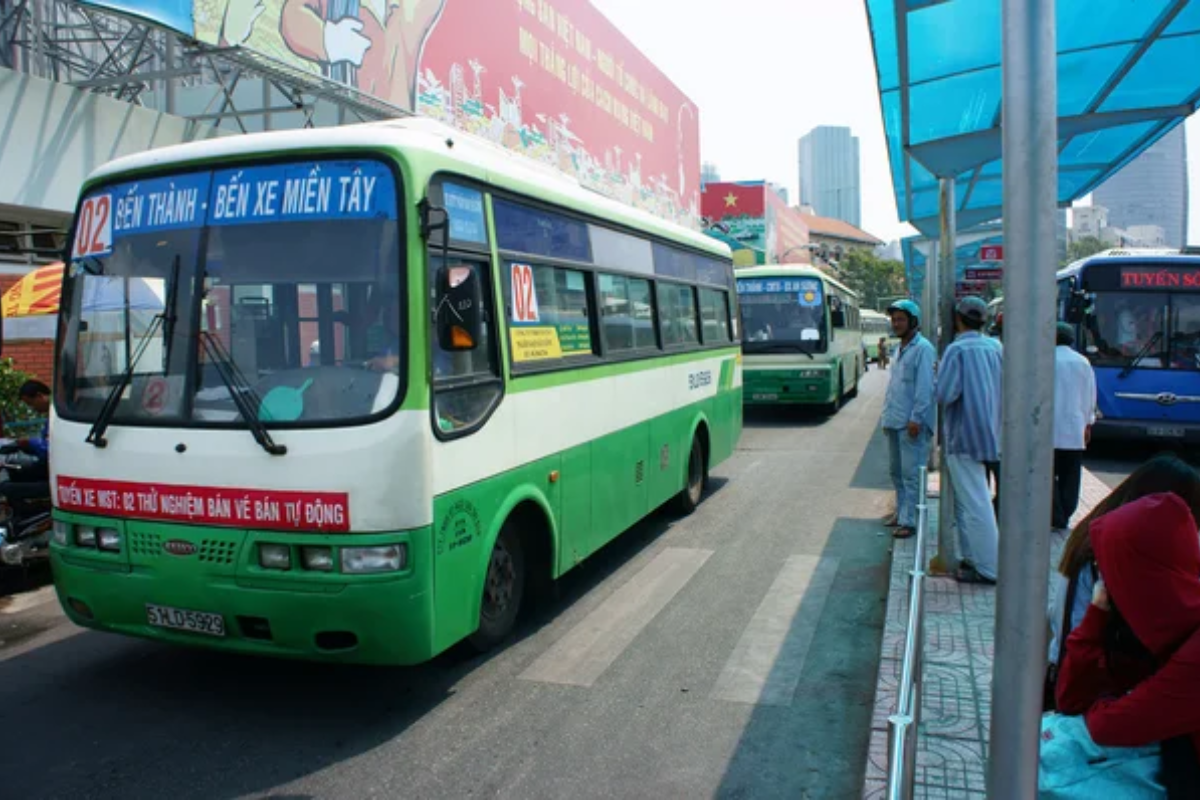
The city symbolically unites continents through its vast transport networks. Contemporary metro routes pass under streets dating back to the Ottomans, while ferries travel between European and Asian coasts several dozen times a day.
The Marmaray tunnel, finished in 2013, enables train travelers to travel from one continent to another in four minutes, concretely connecting what nature had divided.
Like Travel Pug’s content? Follow us on MSN.
Religious Diversity
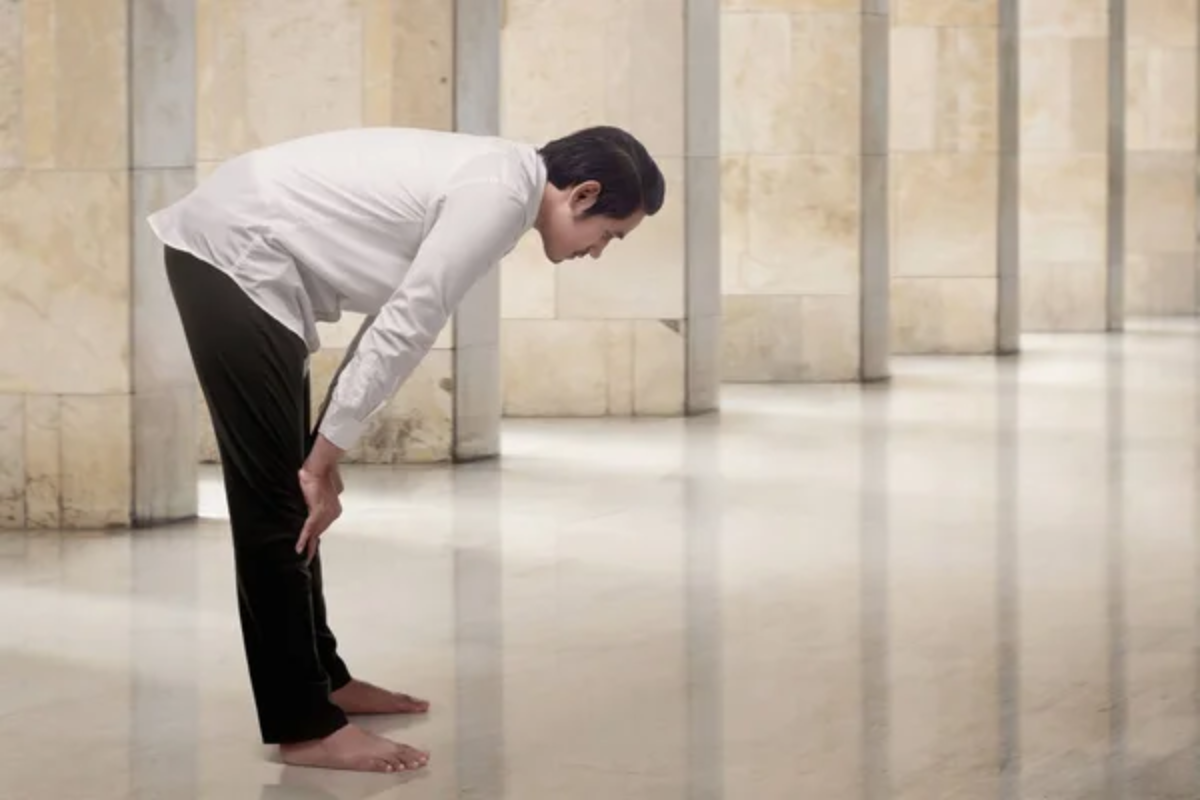
Minarets and church steeples dominate Istanbul’s skyline in equal proportion. Muslim prayer calls resound five times daily through neighborhoods hosting Orthodox Christian worship.
Synagogues are located in old districts, with other denominations of the faith community active throughout the city. This spiritual diversity has given Istanbul its tolerant nature for centuries.
Fashion Sensibilities

On Istanbul’s streets, contemporary European fashion trends blend seamlessly with more traditional attire. Designer boutiques in Nişantaşı attract fashionistas wearing the latest Milan trends, while nearby markets offer handcrafted textiles from Anatolian traditions.
This sartorial spectrum reflects personal expression across cultural boundaries that feel neither fully Eastern nor Western.
Musical Traditions
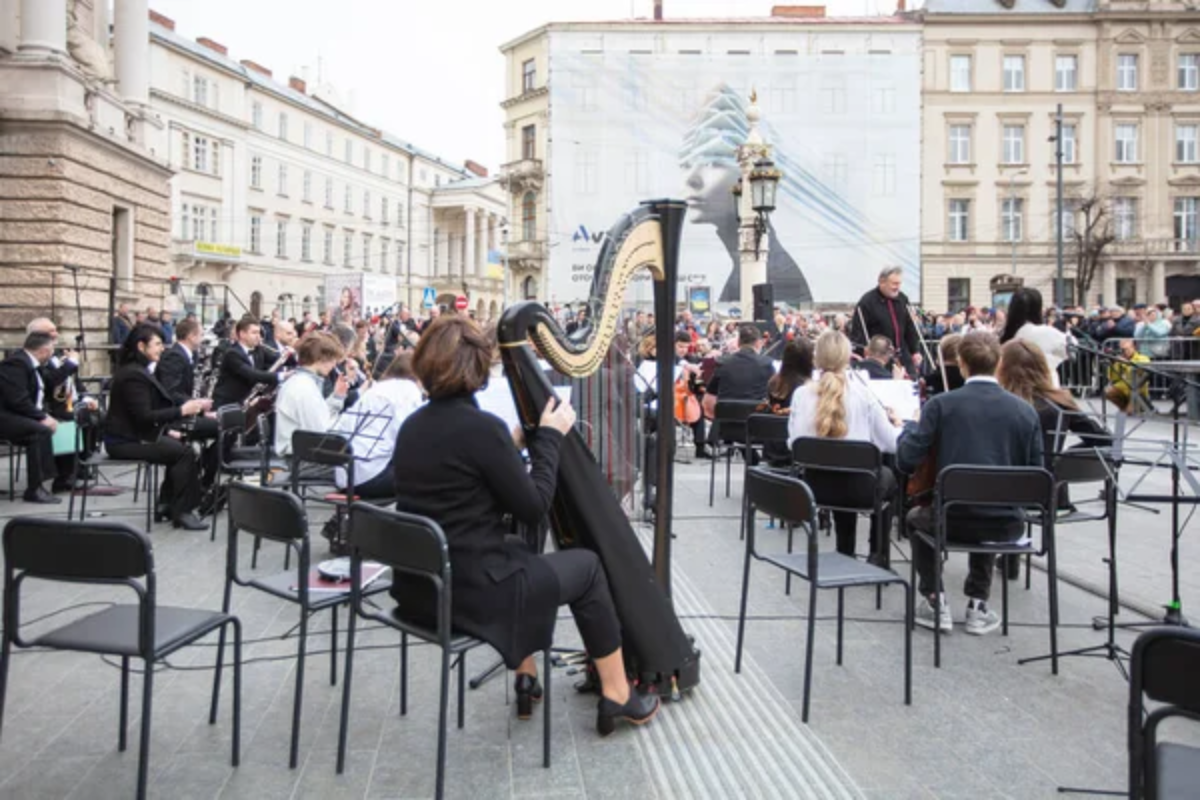
The sounds of Istanbul encompass everything from traditional Turkish instruments to contemporary Western beats. Classical Ottoman compositions might be performed in historic venues while European electronic music pumps from modern clubs just blocks away.
This audio landscape creates a distinctive soundtrack where traditional melodies often incorporate unexpected modern elements.
Like Travel Pug’s content? Follow us on MSN.
Artistic Expressions

Istanbul’s art scene draws from European avant-garde movements and traditional Eastern techniques. Contemporary galleries showcase installations that would feel at home in Berlin or Paris, while traditional calligraphy and miniature painting studios maintain centuries-old practices.
Many local artists deliberately blur these boundaries, creating works that defy continental categorization.
Café Culture

The tradition of gathering for conversation over beverages manifests in European-style coffee shops and traditional tea houses. Sleek espresso bars serve customers alongside centuries-old establishments where tea is still prepared according to time-honored methods.
These social spaces foster community connections that bridge cultural divides through the universal language of hospitality.
Market Experiences

Istanbul offers shopping in ultramodern European-style malls and traditional Asian bazaars. The Grand Bazaar, with over 4,000 shops, is one of the world’s oldest shopping centers, while contemporary retail complexes offer familiar global brands.
This commercial contrast provides visitors and locals with remarkably different retail experiences within the same city.
Like Travel Pug’s content? Follow us on MSN.
Celebration Traditions

Festivals in Istanbul often blend multiple cultural influences into unique celebrations. Religious holidays maintain traditional elements while incorporating modern components, and seasonal celebrations draw from various cultural calendars.
This festive fusion creates community events that honor multiple heritages simultaneously.
Educational Approaches

Istanbul’s universities combine Western academic models with Eastern intellectual traditions. Research institutions partner with European and Asian counterparts, creating educational environments that prepare students for global engagement.
This academic approach produces graduates who are comfortable navigating multiple cultural frameworks and intellectual traditions.
Cinematic Influences
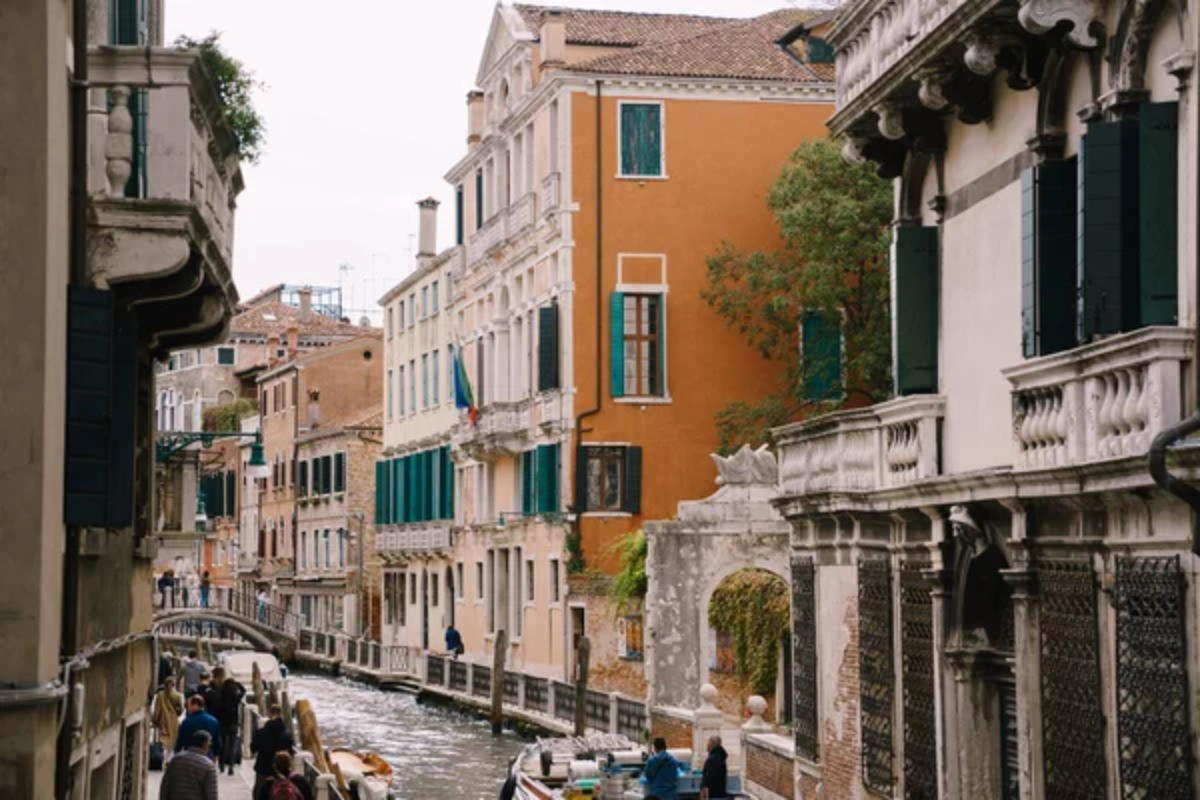
The city’s film industry draws inspiration from European art house cinema and commercial Asian productions. Turkish filmmakers often incorporate storytelling techniques from multiple traditions, creating a distinctive national cinema that resonates across cultural boundaries.
International film festivals in Istanbul showcase works from dozens of countries, further enriching this cinematic cross-pollination.
Like Travel Pug’s content? Follow us on MSN.
Sporting Passions

Sports enthusiasm unites Istanbul across continental divides with fierce loyalty to local teams. Soccer dominates with powerhouse clubs like Galatasaray competing in European leagues, while traditional Turkish sports like oil wrestling maintain strong followings.
International competitions frequently bring global athletic talents to venues on both sides of the Bosphorus.
Architectural Preservation

The approach to historic preservation in Istanbul balances European conservation methodologies with Eastern restoration philosophies. Ancient structures receive technological interventions alongside traditional craftsmanship to maintain their integrity.
This preservation approach ensures that buildings from multiple empires and eras remain physical representations of the city’s layered history.
Business Practices

Commercial customs in Istanbul reflect a blend of European corporate structures and Asian relationship-based business traditions. Modern office towers house companies following Western organizational models, while traditional family businesses operate according to centuries-old practices.
This economic diversity creates a business environment accommodating multiple commerce and entrepreneurship approaches.
Like Travel Pug’s content? Follow us on MSN.
Literary Traditions

Istanbul’s writers draw from rich literary heritages spanning multiple languages and traditions. Contemporary novelists might incorporate European modernist narrative techniques alongside Eastern oral tradition storytelling elements.
Literary cafés host readings and discussions that connect these diverse influences, creating a unique literary scene that defies simple categorization.
Design Aesthetics

Interior spaces throughout Istanbul showcase a distinctive fusion of design elements. Modern minimalist apartments might feature traditional Ottoman decorative touches, while historic buildings incorporate contemporary functionality.
This design approach creates living and working environments that honor traditional aesthetics while embracing modern comforts and efficiencies.
Generational Perspectives

Older and younger Istanbul residents often navigate the city’s dual identity differently. Elderly citizens might maintain stronger connections to traditional practices, while younger generations integrate multiple cultural influences seamlessly.
These generational variations add another layer to Istanbul’s complex identity, ensuring its European-Asian character continues evolving.
Like Travel Pug’s content? Follow us on MSN.
Bridge Between Worlds
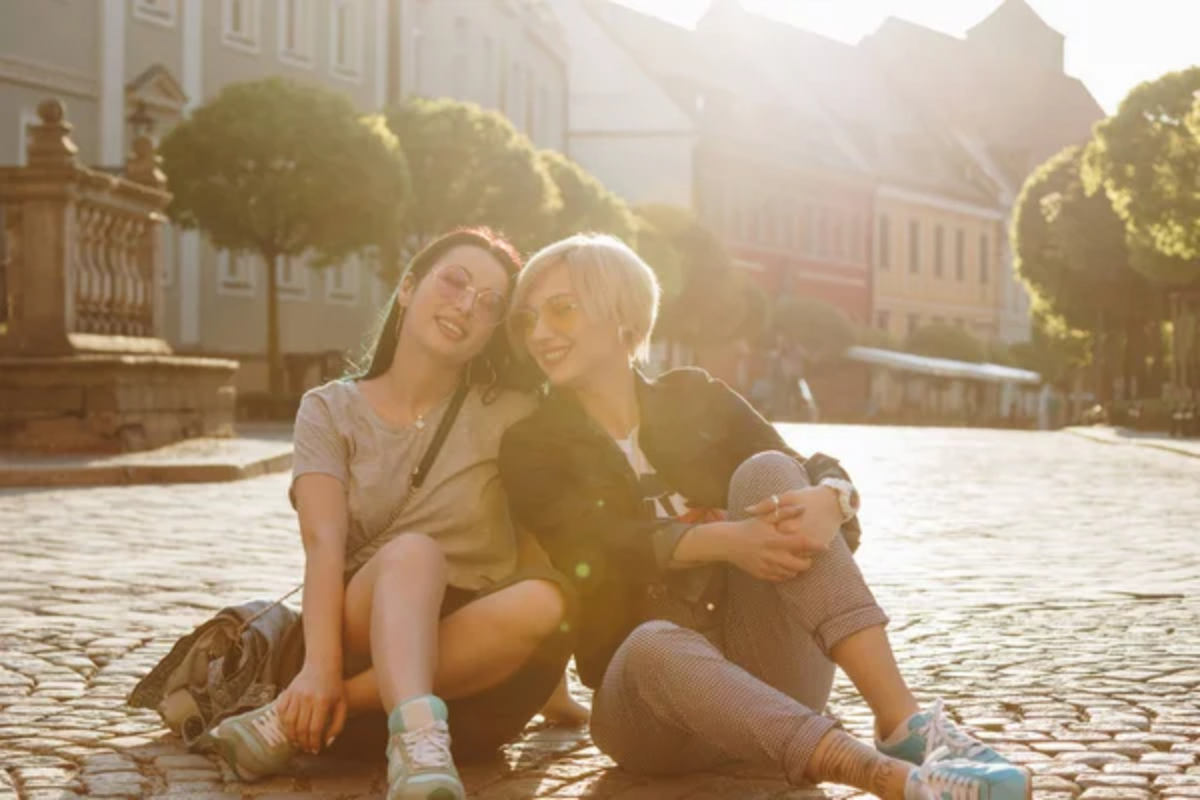
Istanbul is not just between Europe and Asia; it brings them together through innumerable everyday encounters. The city is a bridge in which various mentalities intersect and are cross-pollinated rather than clash.
This ability to make connections positions Istanbul as a city that sits on two continents and an odd global crossroads where geography takes a back seat to the human condition. In these 20 features, Istanbul appears to be a city that cannot be categorized. Its divided nature is a flaw only inasmuch as it is a strength which has enabled it to re-imagine itself while retaining true connections with several heritages.
More from Travel Pug

- 20 Destinations That Were Once Thriving but Are Now Quietly Disappearing
- 13 Destinations Where Tourists Regularly Regret Their Trip
- 20 Once-Popular Beach Towns That Are Now Ghostly Empty
- 10 Under-the-Radar Mountain Towns That Are Both Affordable and Beautiful
- Take a ‘Learning Vacation’ in These 20 Extraordinary Places
Like Travel Pug’s content? Follow us on MSN.
